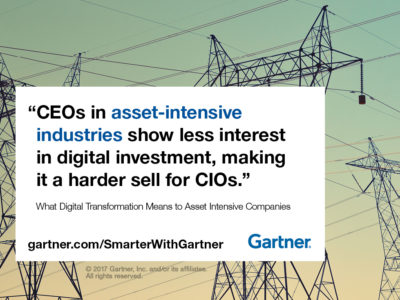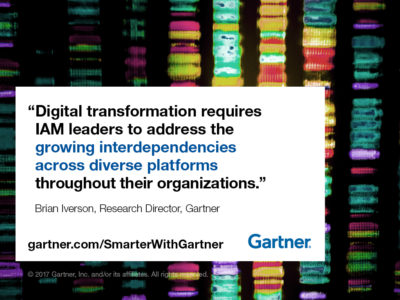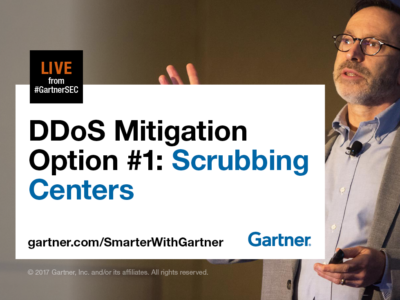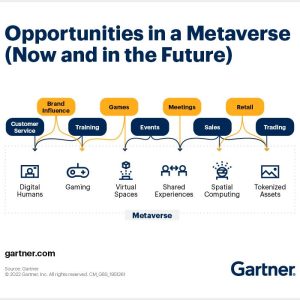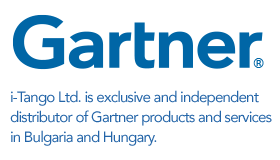By 2020, more than 80 percent of software vendors will change their business model from traditional license and maintenance to subscription.
Contributor: Christy Pettey
The debate is over about whether the software industry will move to a new licensing and revenue model. Most new spending will be under the subscription model of software-as-a-paid-for-service, with payments made over time and/or based on usage.
Laurie Wurster, research director at Gartner, says pressure from cloud and commercial open source software has changed customer behavior. “Customers have moved from buying or leasing technology, to buying IT services, to ‘buying’ long-term relationships with providers,” said Ms. Wurster. “A hybrid cloud/on-premises model is rapidly becoming enterprises’ deployment model of choice, and most software providers are becoming businesses that deploy using a cloud model.”
Changes in Buyer Behavior
There are several reasons for the changes in buying behavior. The important catalysts of change include adoption of the cloud itself and open-source software, and the growth of digitalization and consumerization.
The main drivers for subscription include:
- Software monetization. Usage-based subscription models in the cloud naturally lend themselves to flexible options for software monetization (such as pay-as-you-go and concurrent licenses).
- Time-to-market. Subscription-based models allow for a more agile deployment cycle and faster time to value.
- The subscription-based model gives all team members access to updated software, and in the cloud ensures that all are using the same version.
- If it is contracted for upfront, subscription-based pricing gives customers the flexibility to scale up and down according to their actual use, transactions or use of storage, with minimal upfront risk and minimum capital outlay.
- Perception of affordability. Because a subscription is based on a controllable unit of specification, this approach gives business units some control over expected costs and a clearer picture of their IT-related costs.
Benefits for Providers
Subscription-based pricing also has several benefits for providers. Access to up-to-date products is always available (cloud deployment is faster than on-premises because the provider, rather than the end user, controls the enhancement update cycle), with repeatable, predictable revenue streams.
In addition, the time-to-value for new features and functionalities is reduced, with a more frequent introduction cycle. It also gives vendors a way to develop new and creative licensing models to reach prospects and customers in new ways. These range from models based around number of seats and users to usage-based models.
Inhibitors for Providers
The shift to subscription affects all lines of a provider’s business – product development, marketing, finance, and sales – each with disparate processes and procedures in place.
Selling subscription-based software will require a major overhaul of sales teams, making companies more dependent on direct sales. It also requires a major overhaul of channel strategy and delivery partners, at least in the short term.
“Companies’ bottom lines are likely to suffer in the first couple of years or so due to a combination of ’deferred revenue’, and the transformation of the business without a balanced approach. The transition will also require higher levels of customer care and service,” said Ms. Wurster.
Gartner clients can learn more in the report “Market Trends: Prepare Now to Smooth the Inevitable Transition to a Subscription-Based Business Model.”


